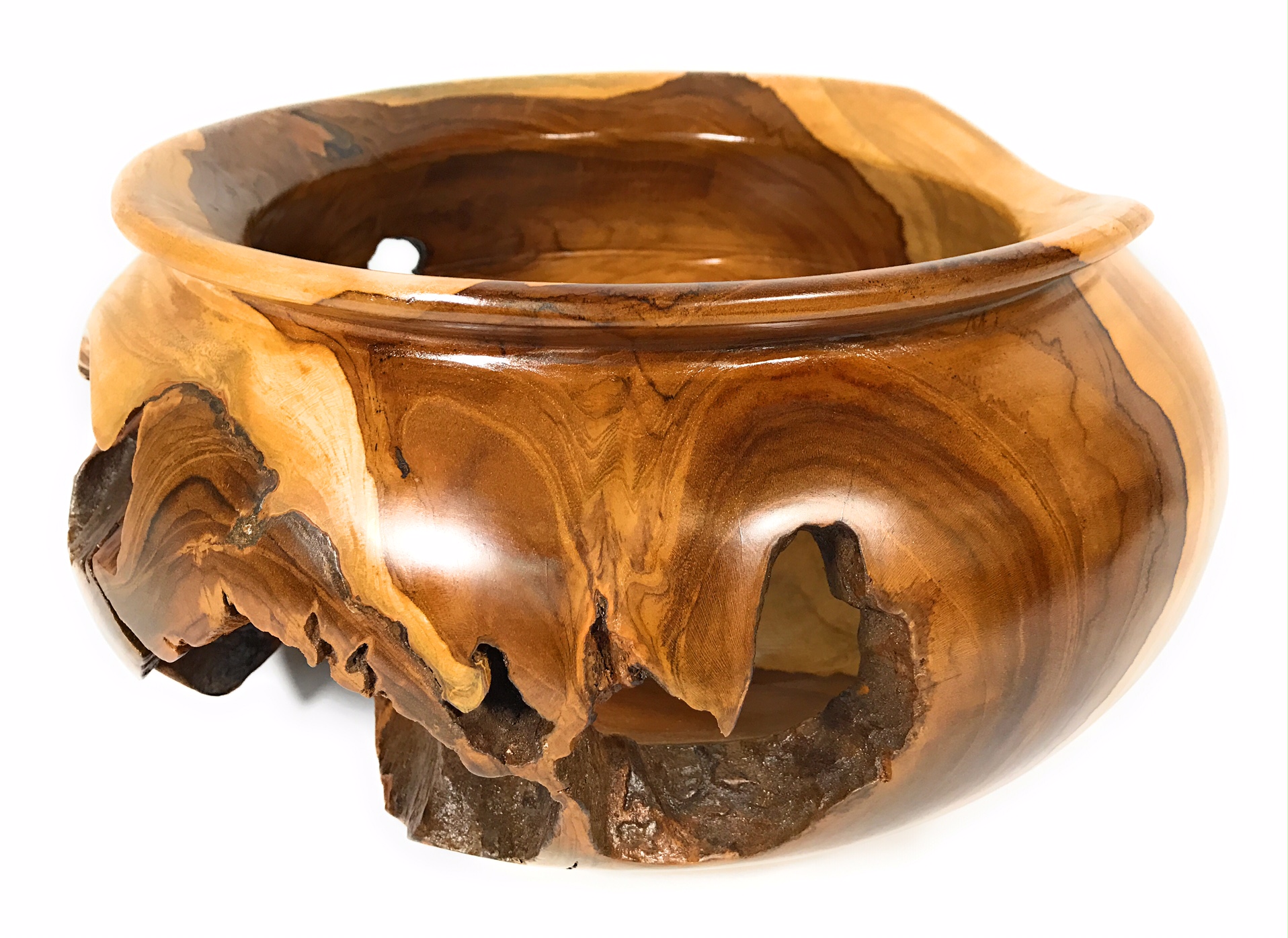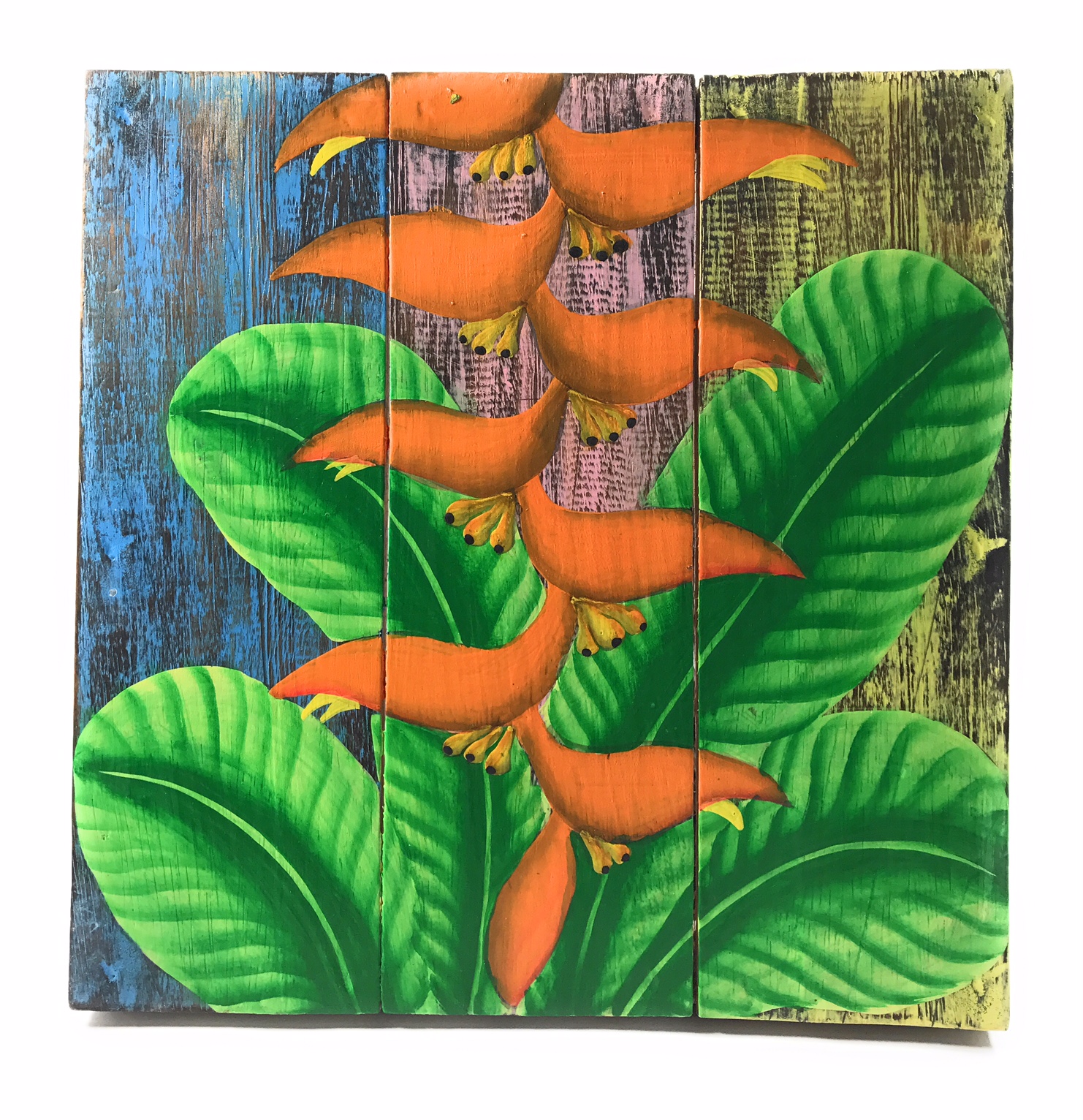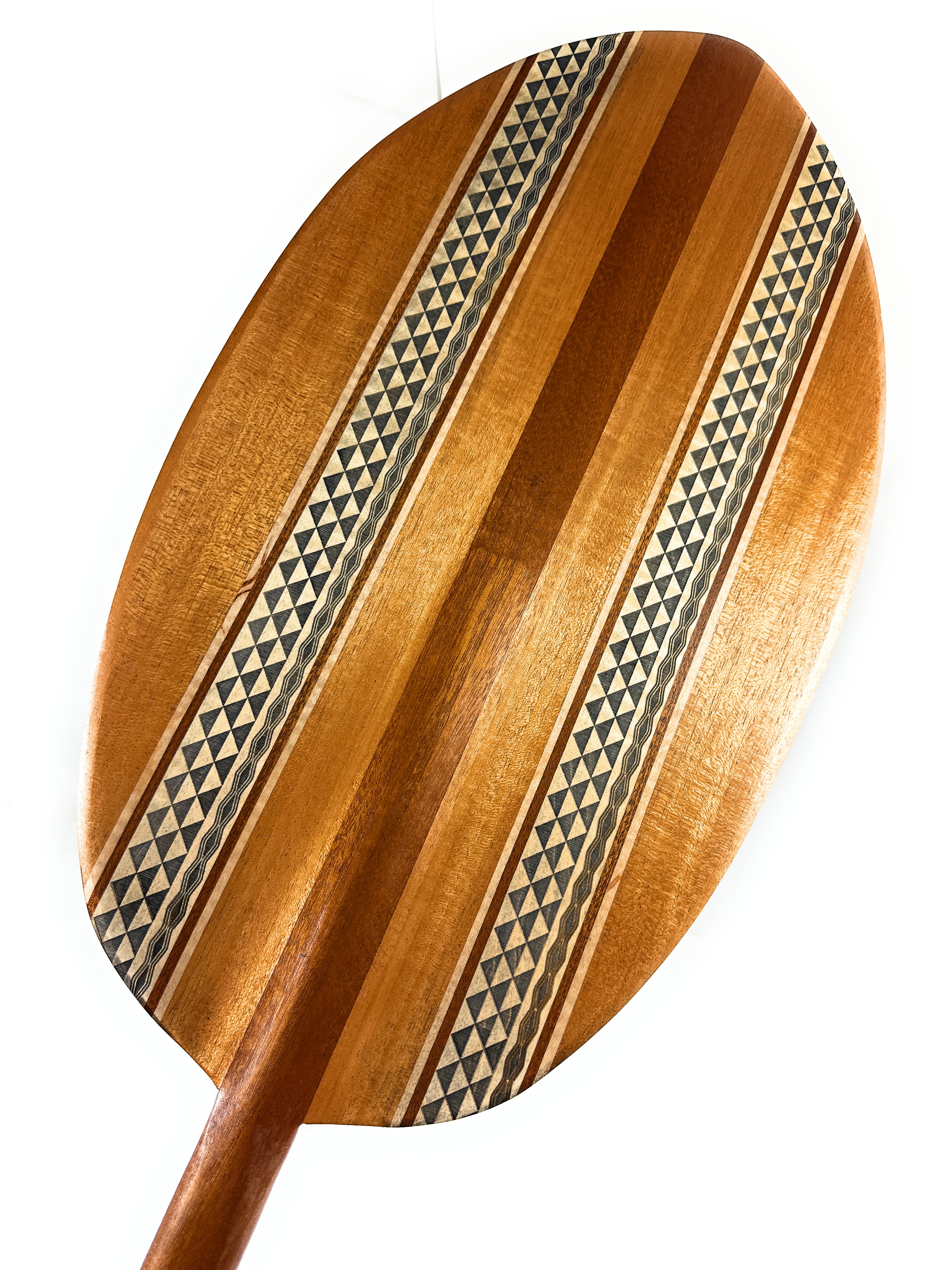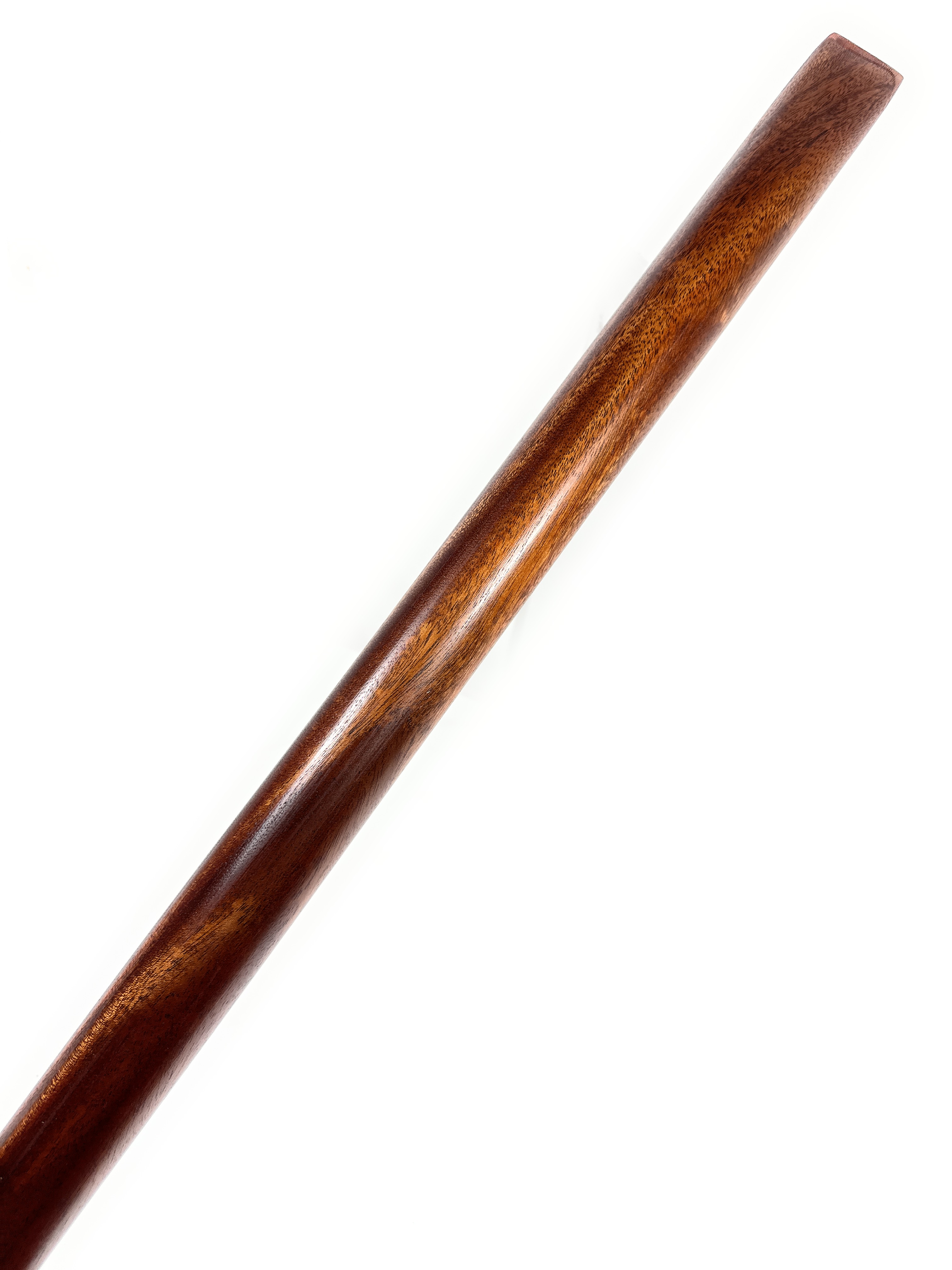Our learning center is here to give you some insight on Hawaiian mythology, wood carvings, war clubs used in the old days and anything related to Polynesia.

Tiki gods are carved wooden or stone figures that represent deities or ancestral spirits in Polynesian cultures, including Hawaiian culture. The term "tiki" is often used broadly to describe these carvings, and they play a significant role in the mythology and art of the Pacific Islands.
In Hawaiian and Polynesian cultures, tiki gods are often associated with various aspects of life, such as fertility, protection, and navigation. They can be found in religious ceremonies, rituals, and as decorative elements in traditional and contemporary settings. The designs of tiki gods vary, but they commonly feature stylized humanoid figures with exaggerated facial features and symbolic elements.
Tiki bars and restaurants, particularly in Western cultures, have adopted the use of tiki statues and carvings for decor, creating a pop culture association with these figures. However, it's important to recognize the cultural significance of tiki gods and their roots in the rich mythology of the Pacific Islands.

Hawaiian mythology is a rich and diverse collection of stories, legends, and beliefs that form the traditional folklore of the Hawaiian people. These myths encompass a wide range of gods, goddesses, heroes, and mystical creatures, providing explanations for the origins of the islands, natural phenomena, and the cultural practices of the Hawaiian people.
Key elements of Hawaiian mythology include:
1. **Creation Stories:** Myths about the creation of the Hawaiian Islands and the universe, often involving powerful deities such as Wakea (the sky father) and Papa (the earth mother).
2. **Deities:** Gods and goddesses like Pele (the goddess of fire and volcanoes), Lono (associated with fertility and agriculture), and Kanaloa (linked to the ocean and sea creatures) play central roles in Hawaiian mythology.
3. **Heroes and Demigods:** Figures like Maui, known for his mischievous exploits and supernatural feats, are prominent in Hawaiian mythology. Maui, in particular, is often depicted as a trickster and cultural hero.
4. **Nature Spirits:** Various spirits and supernatural beings inhabit the Hawaiian mythological landscape, adding depth to the stories and providing explanations for natural phenomena.
5. **Cultural Traditions:** Myths are intertwined with traditional practices, such as hula dances and chants, which often convey the stories of the deities and heroes.
These myths were traditionally passed down orally through chants, hula performances, and other cultural practices. They not only serve as a source of cultural identity but also offer insights into the values, history, and worldview of the Hawaiian people.
A Hawaii shark tooth war club, also known as a "lei o mano," is a traditional weapon from the Hawaiian islands. It is crafted using materials such as wood, cordage, and most notably, shark teeth. The term "lei o mano" translates to "lei of sharks' teeth" in English.
The war club typically consists of a wooden handle, often made from a sturdy wood like koa, with rows of shark teeth embedded along one or both sides. These sharp teeth were traditionally sourced from sharks and were meticulously attached to the wooden club using natural fibers or cordage. The design varied, but the incorporation of shark teeth made it a formidable and effective weapon in traditional Hawaiian warfare.
Beyond its utilitarian function, the lei o mano held cultural significance, symbolizing strength and prowess in battle. Today, these weapons are often created for cultural displays, as they represent an important aspect of Hawaiian history and craftsmanship.
4) Wood carvings: koa bowl

A "koa bowl" typically refers to a bowl that is crafted from koa wood, a native hardwood in Hawaii. Koa wood is known for its distinctive grain patterns, rich colors, and durability. The use of koa wood in crafting bowls not only provides a functional vessel for various purposes but also carries cultural and aesthetic significance.
Koa bowls can be used for serving food, displaying decorative items, or as a statement piece in traditional and contemporary settings. The craftsmanship involved in creating a koa bowl often includes careful wood selection, shaping, and finishing to highlight the natural beauty of the wood. The use of koa in such items connects them to the cultural heritage of Hawaii, reflecting the importance of this native wood in traditional arts and crafts.
5) Hawaiiana

"Hawaiiana" refers to the cultural, historical, and artistic aspects associated with the Hawaiian islands and its people. It encompasses a wide range of elements, including traditional practices, folklore, art, music, language, and lifestyle. Hawaiiana reflects the unique identity and heritage of Hawaii, incorporating influences from Polynesia and other cultures that have shaped the islands over time.
Artifacts, clothing, music instruments, hula dance, language, and traditional ceremonies are all part of Hawaiiana. This term is often used to describe items, practices, or themes that capture the essence of Hawaiian culture, whether in traditional or contemporary contexts. Embracing Hawaiiana is a way for people to connect with and celebrate the rich cultural tapestry of the Hawaiian islands.
6) Koa paddles

A Koa paddle is a traditional Hawaiian paddle made from the wood of the koa tree (Acacia koa). Koa is a native hardwood in Hawaii known for its beautiful grain patterns and rich, reddish-brown color. These paddles are not only functional but also valued for their cultural significance and craftsmanship.
Koa paddles are often used in conjunction with outrigger canoes. The wood's strength and durability make it well-suited for paddles, providing an efficient tool for navigating the waters around the Hawaiian islands. The crafting of Koa paddles involves a careful selection of wood, shaping, and sometimes intricate carving or decorative elements, showcasing the skill and artistry of the maker.
Beyond their practical use, Koa paddles hold cultural importance, representing a connection to the land, sea, and traditional Hawaiian craftsmanship. They are often considered as works of art and can be found in various sizes and designs, catering to both functional and decorative purposes.
An outrigger canoe is a type of watercraft characterized by a main hull and one or more lateral support floats called outriggers. These canoes are common in various parts of the world, particularly in the Pacific Islands. The outriggers provide stability to the canoe, preventing it from easily tipping over. Outrigger canoes have been used historically for fishing, transportation, and cultural ceremonies. They come in different sizes and designs, ranging from small, single-person canoes to larger, multi-person vessels.
The culture of Hawaiian canoes, particularly outrigger canoes, is deeply rooted in the history and traditions of the Hawaiian people. Canoes held immense importance in various aspects of Hawaiian life:
1. **Transportation:** Outrigger canoes were crucial for transportation between islands. They facilitated trade, communication, and the movement of people.
2. **Fishing:** Canoes were essential for fishing, providing a means for Hawaiians to access offshore fishing grounds. Fishing skills and knowledge were passed down through generations.
3. **Ceremonies and Rituals:** Canoes played a role in important ceremonies and rituals. They were often involved in religious practices, including the construction and launching of canoes with specific rituals.
4. **Navigation:** Hawaiian navigators developed impressive wayfinding techniques, using the stars, ocean currents, and bird migrations. This knowledge was passed down orally and contributed to successful navigation across the vast Pacific.
5. **Craftsmanship:** Building canoes was a skilled craft, and the construction process was often a communal activity. The selection of materials, carving, and decorating the canoes reflected the craftsmanship and artistic expression of the Hawaiian people.
6. **Sport and Recreation:** Today, outrigger canoe paddling has evolved into a popular sport in Hawaii and beyond. Canoe racing is a significant cultural and recreational activity, fostering a sense of community and connection to tradition.
Overall, Hawaiian canoes are deeply intertwined with the cultural identity of the islands, symbolizing the connection between the people and the ocean, as well as the skills and knowledge passed down through generations.
8) Groundbreaking sticks: O`o sticks

The term "O`o stick" likely refers to the `o`o, a traditional digging or grubbing stick used by the indigenous people of Hawaii. The `o`o typically has a pointed or flattened end, and it was historically crafted from wood or bone, sometimes featuring intricate carvings or designs.
The `o`o stick was an essential tool for digging, planting, and gathering. Its design varied depending on the intended use, with some having a sharper point for digging and others having a broader end for gathering roots or breaking up soil.
In the context of Hawaiian history and culture, the `o`o stick is a significant tool that reflects the resourcefulness and practical skills of the native people in utilizing natural materials for their daily needs.
"Groundbreaking sticks" typically refer to ceremonial shovels or digging tools used during groundbreaking ceremonies. These events mark the beginning of construction for a new building or project. The use of special shovels, often adorned for the occasion, symbolizes the commencement of the construction process.
Groundbreaking ceremonies are significant milestones, and the use of decorative shovels adds a ceremonial and symbolic element to the event. Sometimes, these shovels are personalized with engravings, logos, or special designs related to the project or organization. Participants, including key stakeholders, may take turns using the shovels to officially break ground, signifying the start of construction.
While the term "groundbreaking sticks" is not a standard phrase, it aptly describes the ceremonial nature of the shovels used in such events.
9) Hawaiian wooden surfboard: alaia

In Hawaiian culture, the Alaia surfboard holds historical and spiritual significance. Traditionally, these wooden boards were handcrafted from native koa or other hardwoods and played a crucial role in the ancient sport of he'e nalu, or wave sliding. Alaia boards were often personalized and considered sacred, connecting the surfer to the ocean and embodying a deep respect for the sea in Hawaiian traditions. Today, Alaia boards are also seen as a revival of traditional surfing practices, emphasizing a more authentic and challenging surfing experience.
A Hawaiian wooden surfboard is often crafted from koa wood, known for its durability and beautiful grain patterns. These traditional boards reflect the rich surfing culture in Hawaii and are admired for their craftsmanship and connection to the island's history.
An Alaia surfboard is a thin, lightweight, and typically finless board with origins in ancient Hawaiian surfing. Traditionally made from native woods like koa, it's challenging to ride but offers a unique and exhilarating surfing experience, connecting surfers to the roots of the sport.
Ancient Hawaii:
Ancient Hawaii refers to the period of Hawaiian history and culture before Western contact, roughly before the 18th century. During this time, the Hawaiian Islands were isolated from the rest of the world, leading to the development of a unique and sophisticated Polynesian society. Ancient Hawaiians practiced a subsistence lifestyle, relying on fishing, farming, and gathering for sustenance.
Social structure was organized into a caste system, and religious practices centered around the worship of various gods and goddesses, with reverence for elements like the land, sea, and sky. Ancient Hawaiians also developed complex navigational skills, enabling them to traverse the vast Pacific Ocean using the stars and natural signs.
Cultural practices, such as hula and chants (mele), played a crucial role in preserving history and traditions. The arrival of Western explorers in the late 18th century marked the beginning of significant changes in Hawaiian society and eventually led to the annexation of Hawaii by the United States in 1898.






